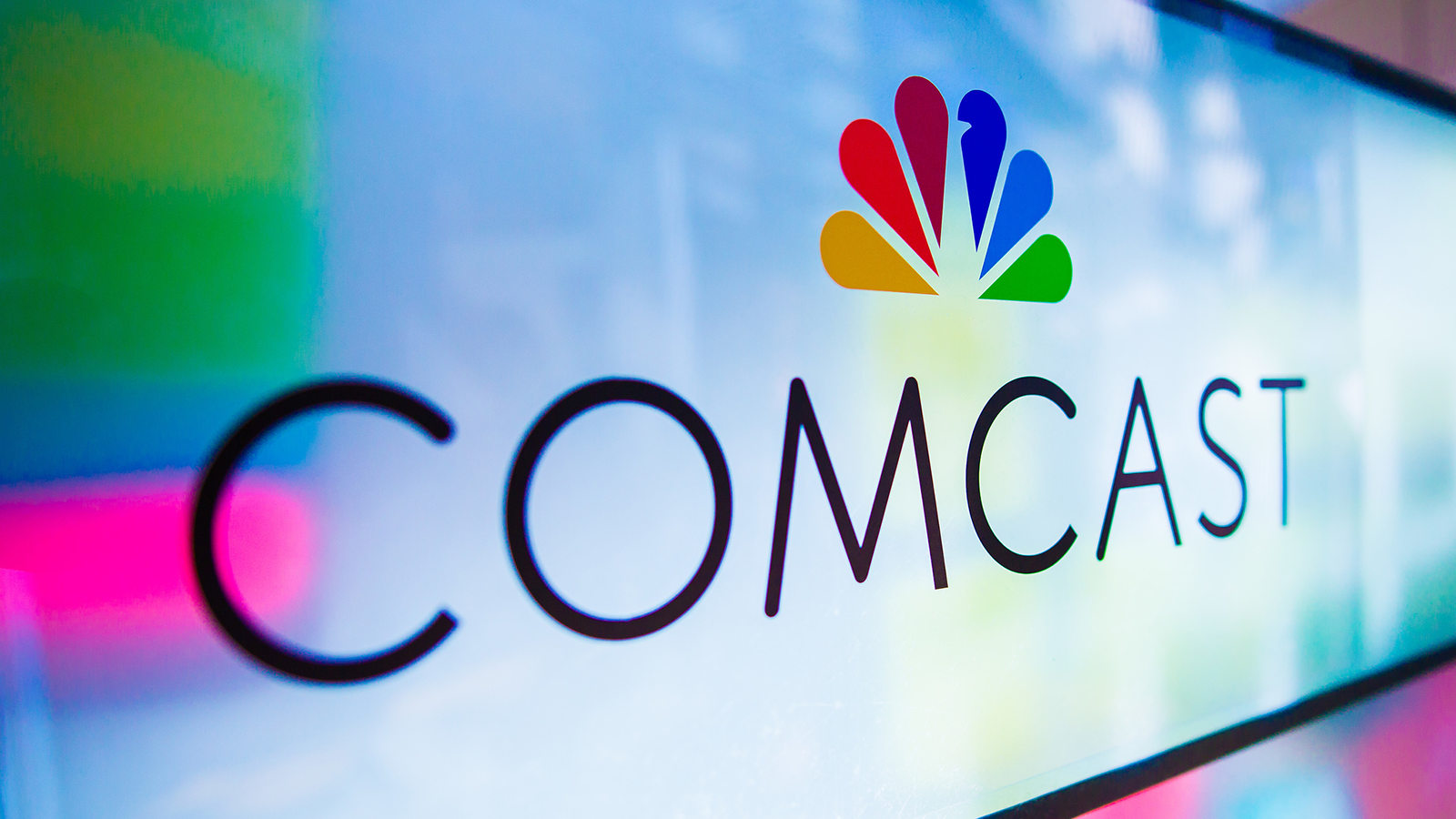Affiliate links on Android Authority may earn us a commission. Learn more.
6G doesn't exist yet, but Comcast has agreed to stop using 10G branding
- Comcast has agreed to pull 10G branding for its fixed-line network after a ruling by an advertising standards body.
- The watchdog found that Comcast’s use of the term was misleading and suggested its network was faster than 5G.
Telecoms networks are no strangers to misleading consumers with sketchy terms. Now, it turns out that Comcast has agreed to stop 10G branding after losing an appeal to an advertising watchdog.
The National Advertising Division (NAD) found that Comcast’s 10G branding for its Xfinity network was misleading, but the US company appealed the ruling via the National Advertising Review Board (NARB). Now, the NARB has agreed (h/t: Ars Technica) that the 10G term was indeed misleading.
“In agreement with NAD, the NARB panel determined that Comcast should discontinue use of the term 10G, both when used in the name of the service itself (‘Xfinity 10G Network’) as well as when used to describe the Xfinity network. The use of 10G in a manner that is not false or misleading and is consistent with the panel decision is not precluded by the panel recommendations.”
Why was it misleading? Let us count the ways
Needless to say, Comcast wasn’t using 10G to refer to the tenth generation of mobile wireless networks. After all, 6G is still in the formative stages of development (let alone 10G). The company was instead using 10G to refer to possible 10Gbps speeds on its fixed-line network.
The NARB still found that the 10G branding implied that customers on Comcast’s Xfinity network would have much faster speeds than 5G:
This express claim is not supported because the record does not contain any data comparing speeds experienced by Xfinity network users with speeds experienced by subscribers to 5G networks.
Furthermore, 10Gbps speeds aren’t available on Comcast’s typical internet plans to begin with, requiring the pricey Xfinity Gigabit Pro package instead. However, the NARB added that there wasn’t any data to show how many users were on these Gigabit Pro packages in the first place.
This isn’t the first time that a US network has used misleading connectivity terms, though. AT&T infamously used “5G E” branding for its 4G network, going so far as to offer a “5G E” network icon on smartphones. Nevertheless, we’re glad to see watchdogs call Comcast out for the 10G branding, although the door is still open for the company to use the term in some capacity. Indeed, Comcast noted in a statement to the NARB that it still reserved the right to use the term “in a manner that does not misleadingly describe the Xfinity network itself.”
